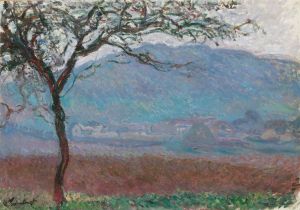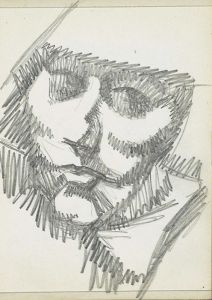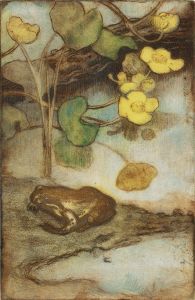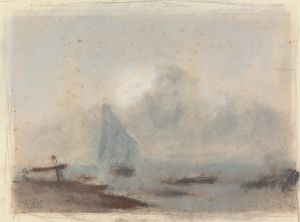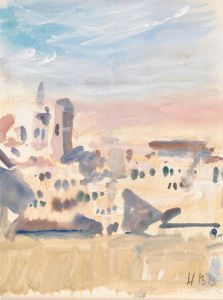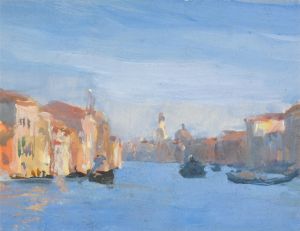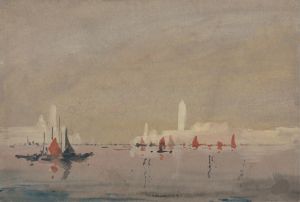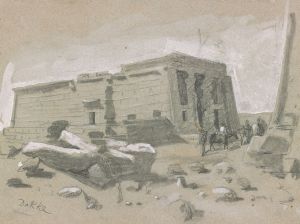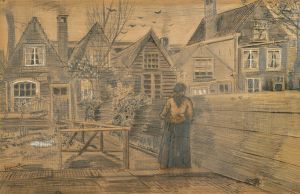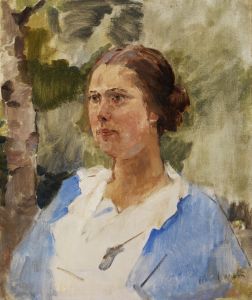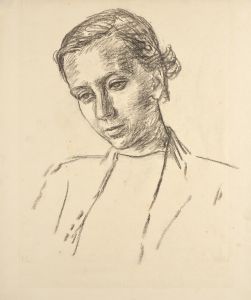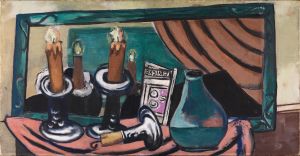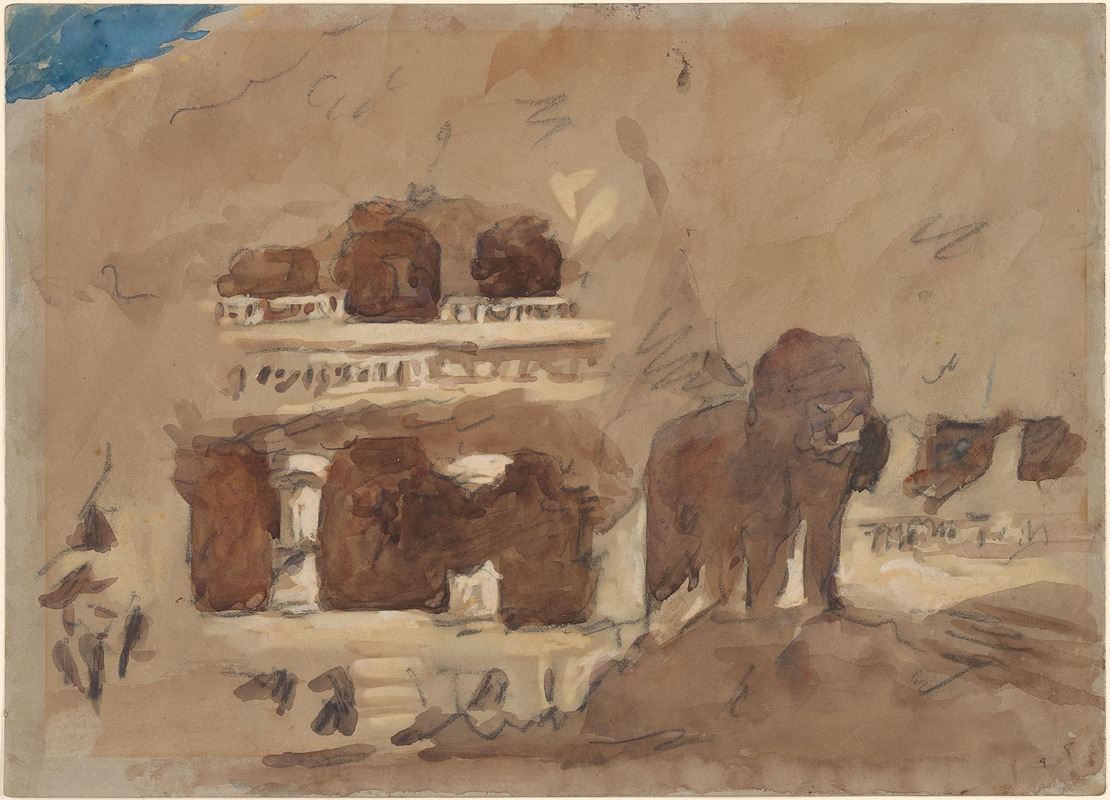
Ellora
A hand-painted replica of Hercules Brabazon Brabazon’s masterpiece Ellora, meticulously crafted by professional artists to capture the true essence of the original. Each piece is created with museum-quality canvas and rare mineral pigments, carefully painted by experienced artists with delicate brushstrokes and rich, layered colors to perfectly recreate the texture of the original artwork. Unlike machine-printed reproductions, this hand-painted version brings the painting to life, infused with the artist’s emotions and skill in every stroke. Whether for personal collection or home decoration, it instantly elevates the artistic atmosphere of any space.
Hercules Brabazon Brabazon (1821-1906) was a British artist known for his watercolor paintings and his unique style that combined elements of Romanticism and Impressionism. Born into a wealthy family, Brabazon was able to travel extensively, which greatly influenced his artistic work. He studied at Harrow and Trinity College, Cambridge, and later received formal art training in Rome and Paris. Despite his education and talent, Brabazon did not pursue a professional career as an artist until later in life, choosing instead to travel and paint for his own pleasure.
One of his notable works is "Ellora," a watercolor painting that captures the grandeur and intricate architecture of the Ellora Caves in Maharashtra, India. The Ellora Caves are a UNESCO World Heritage Site, renowned for their monumental rock-cut temples and monasteries that date back to between the 6th and 10th centuries. These caves are a testament to the religious harmony of ancient India, as they house Buddhist, Hindu, and Jain temples.
Brabazon's "Ellora" reflects his keen interest in capturing the essence of the places he visited. His use of watercolor allowed him to convey the delicate interplay of light and shadow on the ancient stone structures. The painting is characterized by its loose brushwork and subtle color palette, which are hallmarks of Brabazon's style. He often employed a technique that involved minimal detailing, focusing instead on the overall atmosphere and mood of the scene.
In "Ellora," Brabazon successfully conveys the awe-inspiring scale and spiritual significance of the caves. The painting likely depicts one of the more famous temples, such as the Kailasa temple, which is known for its massive size and intricate carvings. The use of light in the painting highlights the depth and complexity of the rock-cut architecture, drawing the viewer's eye to the intricate details of the carvings and the grandeur of the temple's facade.
Brabazon's work was not widely recognized during his lifetime, as he did not exhibit his paintings until he was in his sixties. However, his unique style and the quality of his work eventually garnered attention, and he became a member of the New English Art Club. Today, his paintings are appreciated for their artistic merit and their ability to capture the essence of the diverse locations he visited.
"Ellora" by Hercules Brabazon Brabazon is a fine example of his ability to blend his artistic skills with his passion for travel and exploration. The painting stands as a tribute to the rich cultural heritage of India and the timeless beauty of the Ellora Caves. Through his work, Brabazon offers viewers a glimpse into the past, allowing them to appreciate the historical and architectural significance of one of India's most remarkable sites.





